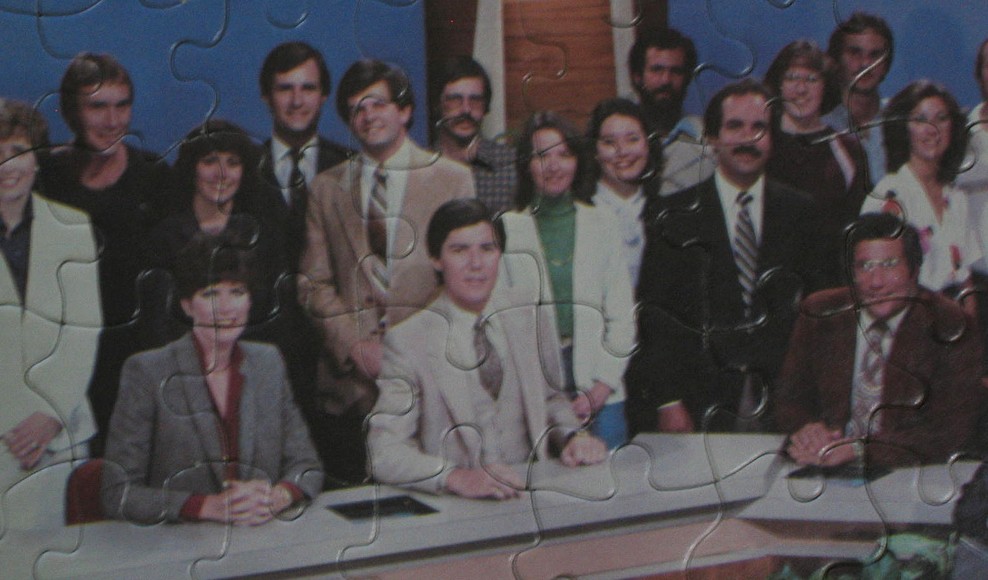When I was a kid growing up in Madison in the early 1980s, I didn’t get a great deal of screen and television time.
It came, if at all, after all of the books were read, after all of the house chores were done, and after all of the outside pickup games of football were finished.
But, on the rare occasion I was able to watch television, it was special. I remember sitting on my family room floor, criss-cross applesauce, watching Saturday morning cartoons while slurping cereal and milk.
I remember running home from school to watch the tail end of Chicago Cubs afternoon games with my grandfather in the spring.
And I knew to only expect to see black people on television in a few places — in the annual showing of Alex Haley’s mini-series “Roots,” watching professional sports, or on the news when police were taking a black man or woman into custody.
There were very few, if any, black actors or news personalities on television. That was just the way television was for me growing up in the 1980s.
In 2015, much has changed. I’m older. My teen-aged sons only go outside to play organized sports or when they are forced, and they get far more screen time than I ever imagined.
But while many things have changed, one thing has not — there are still very few representations of black people in the media in general, and in the Madison media market specifically.
In Madison, the television media community is decidedly white. I went to one of our local TV station’s Facebook page and the cover photo of their staff was 13 white faces in orange shirts smiling at me. Over the years — except for a few noted exceptions like Mike McKinney, Brandon Taylor, and Katy Sai — diversity in Madison television means a station has both an older blonde woman and a younger one.
Over the past decade or so, Madison television stations have paraded a black or Latina reporter out to cover “community” events, but they haven’t stayed long.
And the print media in Madison is no better about diversity either. There are currently no reporters of color on staff at the two major Madison newspapers. Not one. And it has been that way for years.
Now, I have heard any number of reasons from my liberal friends in Madison for why there is a lack of racial diversity in the Madison media.
I’ve heard anything from, “Madison is a difficult place to attract quality journalists of color to come and work,” to my favorite, “The people of color that come here are too talented for this small market. So they leave for bigger markets.”
Right.
While I’m not in a position to empirically evaluate those excuses, I can comment on how Madison’s lack of diversity in the media community impacts Madison.
Yes, children of color need to see professional journalists of color for their own career development, and yes, it is symbolically good to have a media community that is reflective of and acknowledges Madison’s growing racial diversity.
However, simply put, people of color make for big business for the Madison media market.
The Madison television and print outlets know that when they run stories about Kaleem Caire parting ways with the Urban League, even if many of they report many details from anonymous sources, it makes for more exciting news for its constituents. Focusing on a white nonprofit leader’s tribulations doesn’t generate the same excitement.
They know that any time they mention Brandi Grayson’s name, or that of her group, Young Black and Gifted, or anything about civil rights or racial disparities at all, it makes their constituents pay attention.
In fact, a civil rights movement for people of color in Madison was recently created and funded by a Madison newspaper.
As a result, one of Madison’s primary daily newspapers has indicated that it is shifting its focus to cover more “civil rights issues.”
Now, I can’t knock the hustle. I just can’t. If the Madison media community has identified that racial issues is big business for them, they have to go with what makes them money I suppose.
But, if they want to do racial issues right … I mean if they really want to do it right, they should have a few people of color on their staffs.
Even if they do so only to cover their own contradiction of pointing out racial disparities in our community and then doing little to alleviate them.




























